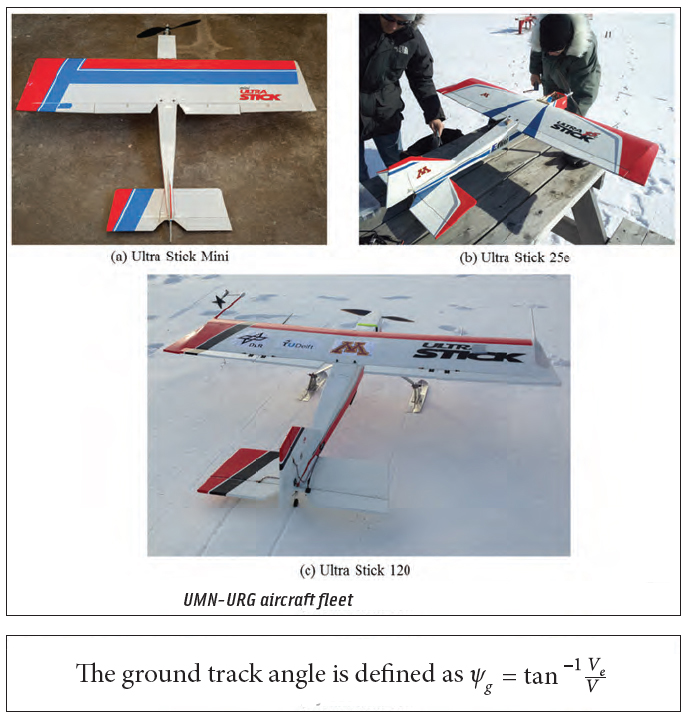GMV Ltd has presented the results of the NAVISP project ‘Multi-System Multi-Sensor Maritime PNT Test Platform’ (MSMSPNT). The objective was to investigate methods and techniques for the combined use of multiple systems and sensors in maritime PNT receivers in accordance with International Maritime Organization (IMO) guidelines.
Speaking at the MSMSPNT final presentation, William Roberts, PNTUK division head and NAV UK business manager at GMV UK, said, “What we have is a fully configurable hardware test platform for maritime PNT applications, and coupled with that there is a set of field data that can be used and reused for many different implementations. We’ve produced a new software-based GNSS receiver from the ground up. Starting from scratch, we developed a positioning engine supporting augmentation and additional sensors, with new data fusion techniques, and we have combined all of those within a single DLU, that’s a data logging unit, which will log data and actually host the receiver itself and the positioning engine.”
The MSMSPNT test platform, developed by the GMV team in collaboration with Kongsberg Seatex, comprises a number of key elements:
1) External sensors and data sources:
- Multi-constellation and multi-frequency GNSS signals
- Commercial off-the-shelf (COTS) and RF signals for software-defined radio (SDR)
- Satellite-based GNSS augmentation (SBAS) (EGNOS)
- Inertial sensors (IMU)
2) On board data sources:
- Seapath navigation algorithms for reference
- PPP solution – Novatel Inertial Explorer
3) A new integration scheme, with loose coupling and extended Kalman filter
Meeting the need
“We then went and trialed the system in the field, collecting loads of data,” Roberts said. “That includes a lot of positions recorded onboard one of Kongsberg’s autonomous test vessels within a testing fjord, using the additional sensors. But we didn’t stop there. We’ve been collecting data in inland environments but also in more out-to-sea types of environments, so we’ve got a very comprehensive data set available to us.”
Current IMO guidelines for maritime PNT data define a high-level framework for the processing and combination of data from multiple systems and sensors. It has been seen as a pressing need to complement this framework with further studies on the fusion of data from different sensors and systems in order to characterize achievable performance.
The MSMSPNT consortium demonstrated convincingly their new test platform’s ability to estimate position, velocity, and timing (PVT) information from raw RF data. The project also found that external data sources such as SBAS and IMU are able to further improve PVT accuracy. The overall performance of the test platform SDR receiver satisfied IMO requirements, and was comparable to that of the COTS receiver.
The project was carried out under the European Space Agency’s NAVISP funding framework, aimed at supporting technology innovation in the European PNT sector.



